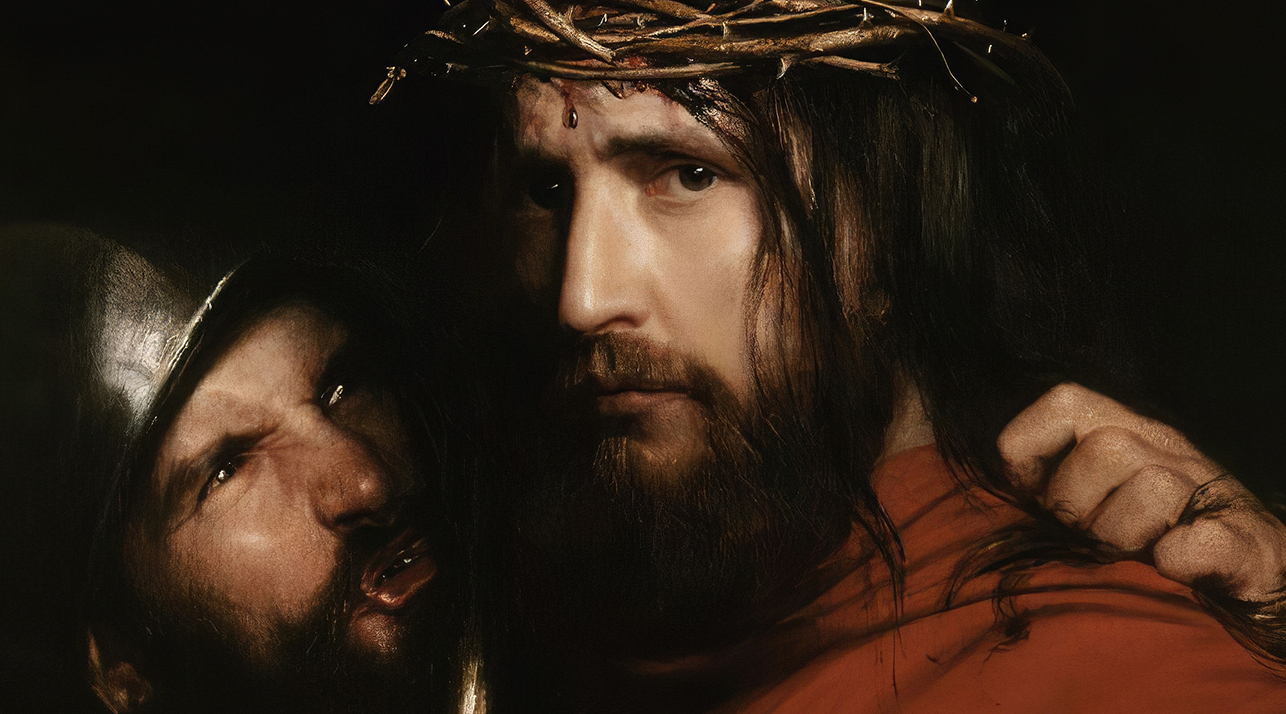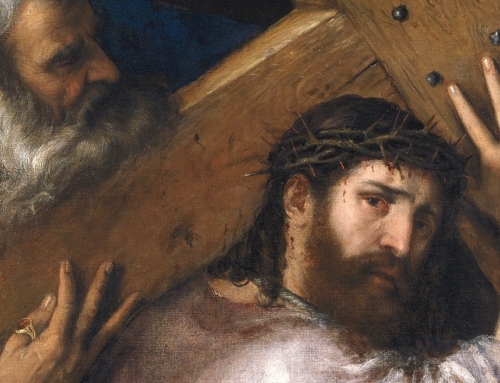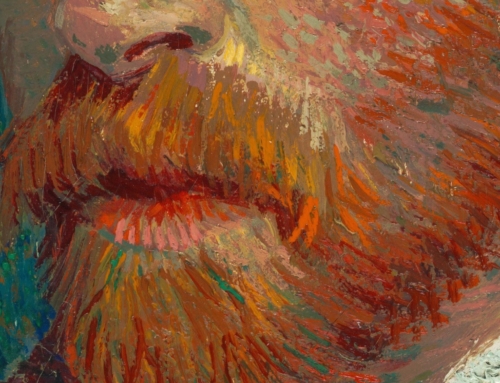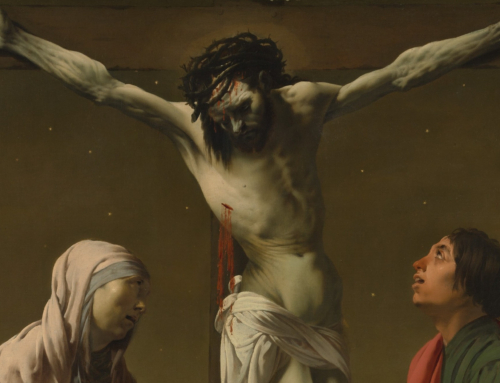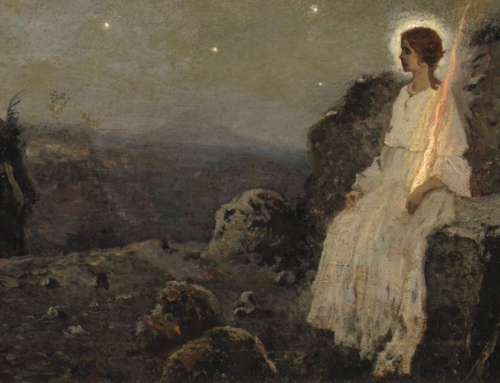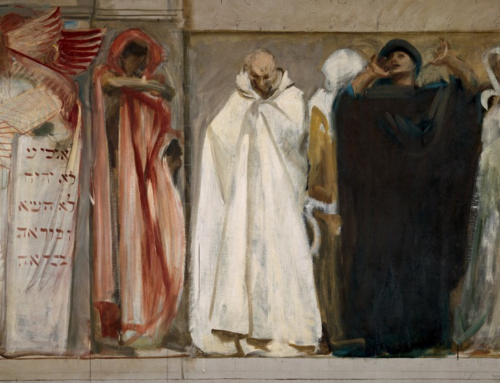I used to frequently attend Mass in a church with a mostly beautiful series of painted Stations of the Cross. I say “mostly” only because the eleventh station, where Jesus is nailed to the cross, while painted with skill, was not nearly as beautiful as the rest. Jesus’ eyes bulged from pain while his exhausted body lay helpless as the first nail was driven into his hand. The face of Mary, who is standing nearby, contorts in pain as she raises her eyes and hands in prayer towards heaven. I used to dislike that piece, but now I appreciate it more.
“Everyone desires the aesthetic cross.” I once heard a priest of our province make this remark, and I have reflected on it many times since. We sometimes prefer a cross of appearances to the true cross of Jesus. When we hear our Lord’s exhortation to take up our cross and follow him, it is natural to daydream about making heroic sacrifices like being a missionary in a foreign place or being criticized for standing up for the truth. We could be honored in many ways for suffering for the sake of Christ.
When we take up the real cross, instead of seeking honor through it, we embrace its dishonor. Our heavier crosses are unaesthetic—ugly. They don’t bring admiring glances; rather, they humiliate. If someone gets fired from a job after performing poorly despite his best efforts, it’s not glorious or idyllic, it’s just sorrowful. If someone’s excessive smoking brings upon him preventable cancers, it isn’t romanticized, it is lamented.
We can consider our afflictions in two ways, by imagination, or by prudence. Imagination takes images we have seen to construct a new set of images, such as when we daydream. This way of thinking does not consider the realities of our lives themselves, but hypothetical things. Prudence, on the other hand, is a kind of common sense which knows how to act in particular situations that we really encounter in our lives based on our past experiences and our understanding of the truths of morality. We gain prudence, for example, when we make mistakes and learn how to act in the future, not when we daydream of situations we would never encounter. When we consider the cross, we need to be considering the real muddy and shameful moments of our lives, not an imagined cross that could be hung in the Louvre.
When Jesus suffered his passion, Mary was the only one standing near who really knew that he was redeeming the human race and that he would rise from the dead in triumph. The majority of his peers viciously mocked him. He was spat upon, whipped, beaten, and bloodied. Although we honor Jesus now, knowing what great love he manifested there on the cross, nevertheless he was publicly shamed in that ugly moment. The true beauty of his love, which his contemporaries did not see, shone invisibly throughout all of that darkness. That love made what would have been a brutal, ugly death into something beautiful. Altogether, suffering the cross is like a chiaroscuro painting, light and darkness clashing. Suffering the cross is a bright person full of love shining brighter in contrast with such a dark context. Both the love and the suffering, the beauty and ugliness, will be present in the real crosses of our lives. Our real love for God and neighbor in the midst of an ugly cross will be more beautiful than any of the romanticized notions of suffering we can imagine.
✠
Image: Carl Bloch, Christ with Mocking Soldier

